Sorry your session has timed out To maintain your security you have been logged out from Waitrose Cellar due to no activity. Sign in againX
Next Door to the Greats
Take a closer look at your favourite region to
uncover some hidden gems

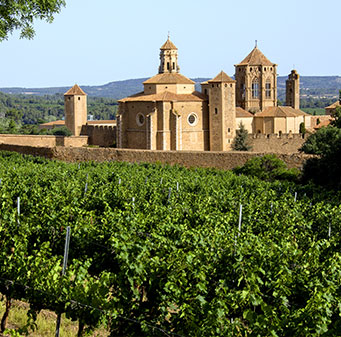
Some of the world’s greatest wines have centuries of heritage behind them and are made in very limited amounts. This generally means that the law of supply and demand inevitably brings a high price point with them. However, there are ways to hunt down wines with similar characteristics but without the price tag.
In Europe, wines usually have to be made within tightly controlled geographical borders to be named as from that region. Leading examples of this concept are Châteauneuf-du-Pape, Bordeaux and Champagne, but what we have discovered is that you can achieve the superb quality championed by these great names by looking to their neighbours. The vineyards next door benefit from having the same growth conditions and often produce wines from the same varieties and blends as the famous wines of the region.
Let us guide you through the maze and hopefully enable you to hunt down some new discoveries for yourself.
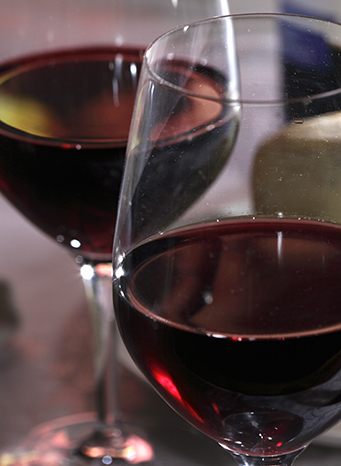
Châteauneuf-du-Pape is a small, prestigious appellation in the Southern Rhône where some of the world’s best Grenache-based wines are made. It’s famous for its sun-drenched soils and galets; flat stones that reflect retained heat back up onto the grapes. The wines are rich, ripe and spicy, with fantastic varietal and regional typicity. 18 grape varieties are now permitted, including both red and white varieties from Grenache, Syrah and Mourvèdre to Roussanne or Picpoul.
It's possible to find similarly composed wines without the hefty price tag, for example there are some excellent Côtes du Rhône Villages, which are also made from Grenache, Syrah, Mourvèdre and other traditional Châteauneuf-du-Pape varieties. Try the Réserve des Hospitaliers Cairanne, Côtes du Rhône Villages from a vineyard located in the same area as Châteauneuf-du-Pape that also exhibits delicious rich, ripe and spicy flavours.
As you progress up the quality ladder but are still hoping to achieve good value, try looking at the appellations that border Châteauneuf such as Lirac, Gigondas or Vacqueryras where you’ll get a huge amount of quality for a modest cost.
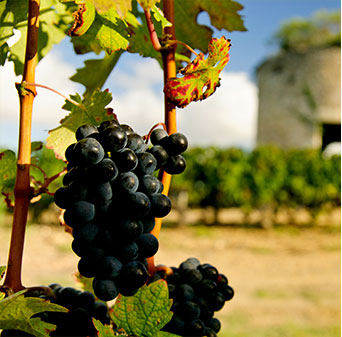
Bordeaux is arguably the world’s most famous wine region and also possibly the most complicated, with over 50 different appellations, thousands of different wines and significant vintage variation. Only a few of the many appellations can command stratospheric prices, so it's worth looking for what are known as ‘satellite’ regions, especially those to the east of Bordeaux. A fantasitc example is Cȏtes de Blaye, a blooming region containing great properties such as the renowned Château Segonzac.
For Cabernet Sauvignon dominated wines, there aren’t many cheats really – only that good wineries still make good wines in less good vintages, so the second or third wine of a good château in a decent year like 2010 should be reliable value. Another option is to look away from the Grand Crus towards the Cru Bourgeois category from the Médoc, such as Château Lamothe-Bergeron
or Château Le Vieux Fort
.
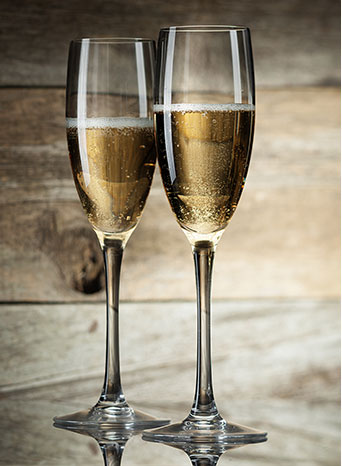
The elements that distinguish top wines from their competition are as much related to heritage and winemaking as to the grapes themselves. Therefore to find ‘value’ alternatives, you need to do a little detective work.
Champagne; the celebratory champion, marks many a great event, but with countless alternatives available there is no need to reserve those delicious bubbles to festive occasions. There are many superb substitutes to fashionable famous-label champagnes; look for grapes from similar vineyards, but also with top quality wine-making experience. An example of this would be the fantastic Le Mesnil Blancs de Blancs Grand Cru Vintage Champagne.
Another great idea is to discover what the blend of your favourite champagne is and then investigate something similar. Our own label champagnes
are all award winning and there are four blends to choose from (including a vintage), so you’re sure to find one to your taste. There are now winemakers the world over making excellent sparkling wines from the ‘big three’ varieties of Chardonnay, Pinot Noir and Pinot Meurnier, in the same traditional method. A superb example of this is the Graham Beck Chardonnay/Pinot Brut from South Africa.
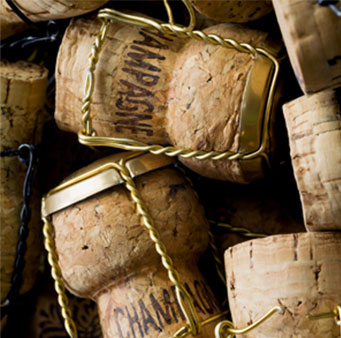
Don't forget our
home-grown fizz
English sparkling wines have been compared with champagne on the global stage. Look out for those made from the champagne varieties and with similar ageing periods such as Plumpton Estate The Dean, Jenkyn Place Brut, Ridgeview Merret Bloomsbury and Nyetimber Classic Cuvée.
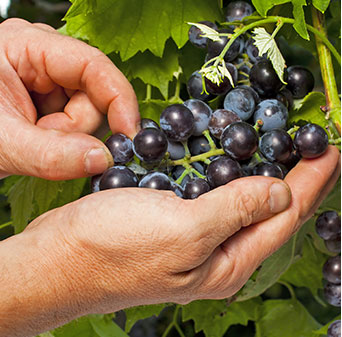
The first step towards finding a good value alternative to any iconic wine is to do a little research. In Burgundy for example the vineyards are divided in such a fragmented way that it’s not unusual to find grapes from the same row in a variety of different wines of different styles or quality, dependent on the winemaker. Also Premier Cru sites and ‘village’ quality vineyards can literally be only a stone’s throw from each other. For example the Labouré-Roi Cȏte de Beaune-Villages
is a great introduction to the region, yet produced literally next door to some of Beaune's top cuvées.
Look for wines made of similar grapes in similar climates, do some research into the background of the winemaking style too as there are many New World winemakers now making wines in a traditional, restrained, elegant style. The prime considerations are that you feel you’ve found a great value wine, and that you enjoy it!

